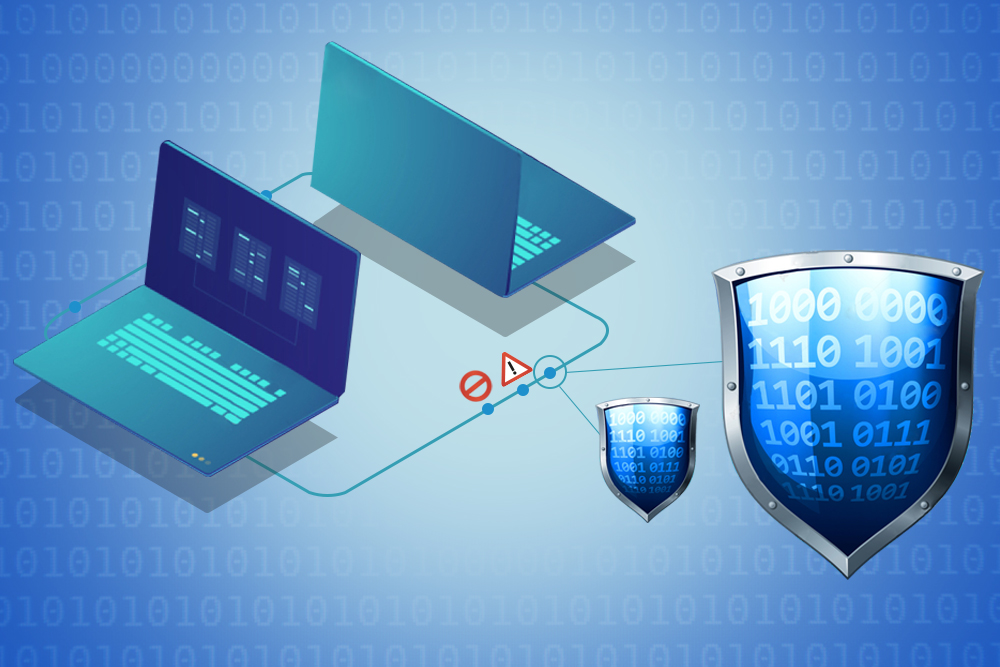Fiber Optic cables are gradually replacing copper and coaxial cables because of many superior benefits: speed and bandwidth, the ability to transmit large amounts of data efficiently through long distances, durability, security, and cost efficiency. But despite it having superior quality and performance, Fiber Optic cables are not exempt from attempts at data breaches, hacking, and tapping of information. In fact, hackers today can easily watch videos and tutorials online to know precise procedures. They can also purchase the equipment needed even more effortlessly as they are quite inexpensive.
Hackers can tap fiber optic systems undetected using a number of different methods. The easiest is to tap data by splicing a fiber optic cable. This method, however, allows a brief interruption of data that is fairly detectable by most network security systems. Certified Fiber Optic Technicians are then sent to find the source of disruption, making it a short-lived tap. A preferred method commonly used today by hackers involves bending optical fiber forming microbends until a small amount of light leaks out of the data cabling. The extracted light is then exposed to different tools and software that processes the accessed data.
Tapping into Fiber Optic cables is then possible without breaking the signal, and even having an undetected small amount of light with considerable information leak out may already cost you a lot. This poses a danger for company-sensitive data like financial and employee records, or even worse, trade secrets. And with the millions of data being transmitted every day, the need for companies and businesses to constantly find ways to protect information is becoming a priority.
Here are ways to protect your Fiber Optic Network:
Use an Encryption System
Enterprises should not only focus on securing information that is already stored in company devices, database centers, or in the cloud. Data that is in transit between locations need to be protected just as equally, especially since intrusion is hard to detect.
When an intruder attacks and causes losses of power, these may be dismissed as regular glitches and thus won’t be addressed. Companies can use encryption as an extra layer of protection for their data, as this causes a stumble on the hacker’s attempts to extract data and information. To provide strong encryptions, the use of long codes is recommended. A step further would include the scrambling of the encrypted data to make it harder for the hackers to process data.
Use a Monitoring System
Since physical access to the data cables can lead to the hacking of the fiber optic network, keeping an eye on these cables is key to securing your data. Using fiber optic cables that have sensors – making them alert for tampering or unauthorized interference – will increase the safety levels of your network. Using such will allow you to monitor real-time physical disturbances like clamping and bending. Placing your cables in difficult or impenetrable locations will drive hackers away to move to other more vulnerable networks.
Control Access to Facility
Placing limits on who can access your system also places limits on threats to your network. This will prevent internal hacking from employees who may have unethical intentions as you are given options to choose trustworthy employees or administrators who can manage



